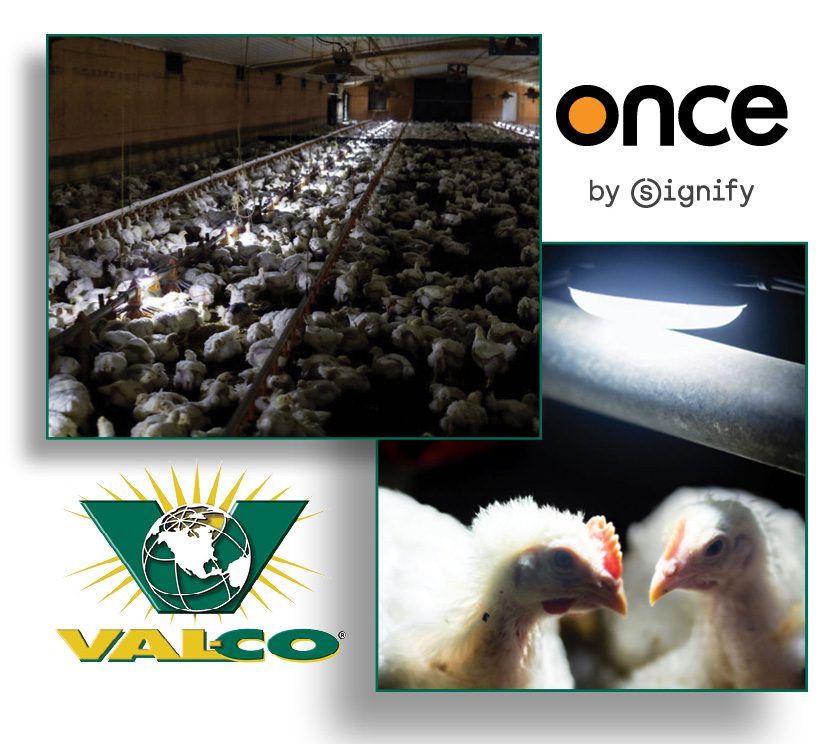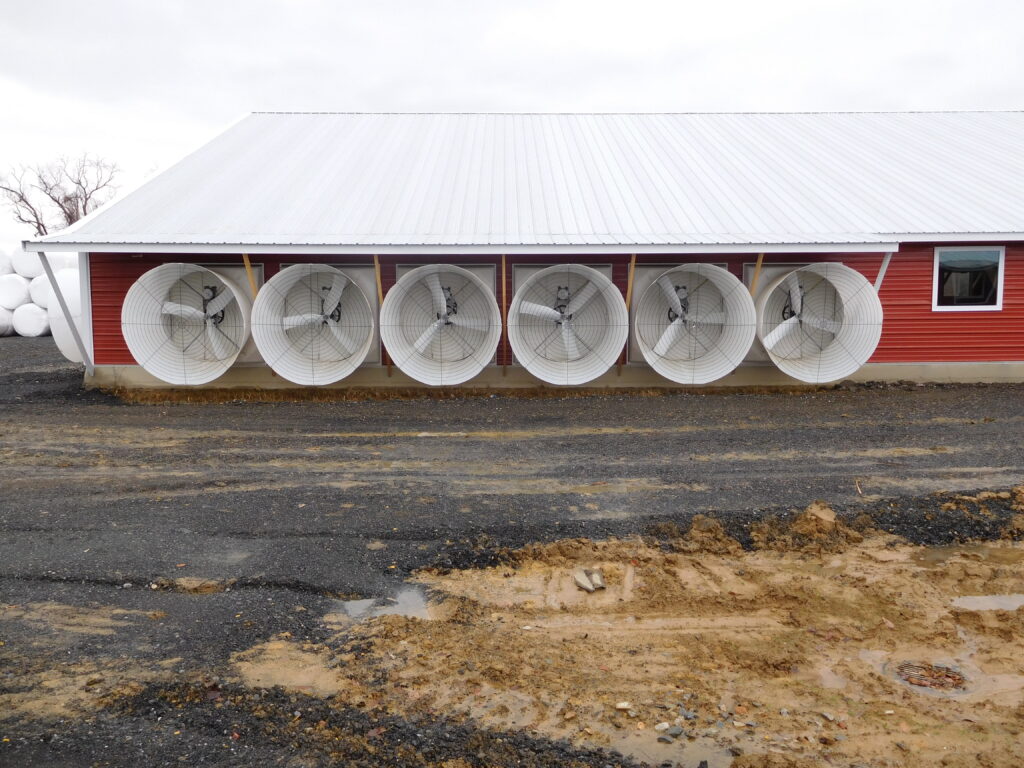Poultry Bedding
 Bedding acts like a sponge and absorbs moisture from fecal waste, while providing a dry, comfortable medium for birds to scratch and rest upon. It should be quick-drying, soft, compressible, and absorbent as it provides a cushion for the breast muscle and feet. It should be lightweight and have medium particle size. Birds will also consume some litter so it should be free of contaminants that could be harmful when absorbed into the edible tissues of the chicken. Litter should also have low thermal conductivity to retain warmth and act as insulation, which is important during cold weather. Ideally bedding should be inexpensive and useful as a fertilizer. The moisture content of the bedding needs to be low (<20 per cent) as wet litter is hard to dry.
Bedding acts like a sponge and absorbs moisture from fecal waste, while providing a dry, comfortable medium for birds to scratch and rest upon. It should be quick-drying, soft, compressible, and absorbent as it provides a cushion for the breast muscle and feet. It should be lightweight and have medium particle size. Birds will also consume some litter so it should be free of contaminants that could be harmful when absorbed into the edible tissues of the chicken. Litter should also have low thermal conductivity to retain warmth and act as insulation, which is important during cold weather. Ideally bedding should be inexpensive and useful as a fertilizer. The moisture content of the bedding needs to be low (<20 per cent) as wet litter is hard to dry.
Common substrates include timber shavings, wood chips and sawdust, chopped straw, shredded paper, rice hulls, grasses, composted litter, pine bark, corncobs, and peanut hulls. Provided that litter materials are free from fungi and dust and are not derived from toxic plant species or treated with harmful chemicals they should not be harmful to poultry. Timber shavings are traditionally the most common poultry bedding, but price increases, decrease in availability in some areas, cost of transport and logistics, and sustainability issues have meant some producers need to look for alternative bedding options. The alternative materials must allow birds enough room to exhibit their natural behaviors.
Rice hulls are a bedding option in many rice growing areas. The size, freedom from dust, density, thermal conductivity, and drying rate make them an ideal litter base. Rice hulls are a by-product of the rice milling process. With an increase in concern about sustainability, using alternate beddings like rice hulls and corncobs can help as they use recycled products or by-products of other industries. Corncob is readily available in many places and has high absorbency, making it a good option for litter.
The quality of the bedding materials has a big influence on ammonia production which affects the performance of birds. High levels of ammonia affect FCR, weight gain and egg production. It can also cause health issues in both the birds and farm workers. As different bedding substrates produce different conditions in poultry houses, choosing the right litter material is important for poultry welfare and productivity. It is important to note that many other factors play a part in determining the right litter, including litter depth, age and class of bird, duration of rearing, diet, stocking density and relative humidity.
Clean-out practices vary by region. Litter can be managed as single use, and completely removed after each flock, or it can be reused over multiple flocks. Many countries, including Canada, recommend fresh litter for every flock, and many European countries have banned reusing litter. Reusing litter between broiler flocks is common in the US and Brazil. Industry practice in the US is for litter to be changed out after at least one year, or six flocks, but some poultry houses have been reusing litter for many years.
Benefits of reusing litter include lower cost for growing chickens, sustainable management of litter waste, and recently studies have shown that chickens raised on reused litter harbor a different microbiome than chicks grown on fresh litter. Research undertaken by University of Georgia’s Department of Poultry Science and the US National Poultry Research Center (USNPRC) has shown that reusing litter can help bolster birds’ immune systems. It also suggests that reusing litter may help prevent antibiotic resistance between bacterial species. Litter is the first bacteria that chicks encounter, and it boosts their immune system. Chicks raised on fresh litter only get the microbiome of the litter itself.
Good litter and air quality can be maintained with good ventilation, but it has to start when the previous flock goes out and continue throughout the new flock. Although no one wants to over-ventilate with high running costs, under-ventilating can be even more devastating when it results in poor performance, health concerns and welfare issues. In addition to ventilation, litter amendments are another practice used to help control ammonia volatilization and growers often use litter treatments prior to placement of birds however they often only lower pH for the fist few days as it is difficult to control pH over an entire flock, partially because litter treatments only last up to two weeks and reapplication with birds in the house in impractical.
Sources:
https://www.frontiersin.org/articles/10.3389/fvets.2021.669504/full
https://www.thepoultrysite.com/articles/alternatives-to-pine-shavings-for-poultry-bedding
https://www.thepoultrysite.com/articles/poultry-litter-management



